I recently immersed myself in the vibrant, sustainable fashion scene, and found myself at a local pop-up event in Williamsburg, Brooklyn, where local designers showcased their eco-friendly fashion wares. These were not just friendly environments for browsing and buying; their purpose was much more meaningful—it was about making the local fashion scene a little greener. I met one designer whose line is handmade from recycled and repurposed materials.
She told me about the specific items used to make her denim collection and how each piece of clothing was a unique design project meant to keep environmental waste to a minimum. We chatted about the difference between sustainable fashion, which, at its best, is about conscious design, and what’s increasingly being termed “fast sustainable fashion,” with all the murky implications that phrase carries. On the same day, I enjoyed the privilege of meeting an industry insider who had recently returned from Paris Fashion Week’s sustainable pavilion.
Walking through the experience there is like no other: even big names like Stella McCartney and Gabriela Hearst dedicate entire segments of their shows to discussing eco-friendly practices. These aren’t just figures making a token statement at the top of their shows; they are using proven platforms to showcase what can be done—a visionary approach to sustainable high fashion that is truly aspirational in the best sense of the term, and even a bit subversive. I clearly recall a moment when a model strutted down the runway in a stunning gown by Hearst made of organic silk, featuring impossible-to-miss hand-stitched details that celebrated traditional craftsmanship and courtesy office Vogue, “addressed modern ecological concerns.”
The following week, as I walked the streets of Los Angeles, I felt drawn to a recently revitalized boutique that was relaunching its collection with a fresh eco-conscious ethos.
In this store, I knew I would find prominently displayed labels like Reformation and Eileen Fisher, alongside detailed accounts of their production processes. So I went in and talked to the store manager. Even a week later, I can still hear the enthusiasm in her voice when she explained how each piece came with a “sustainability tag”—a small card that details the environmental footprint of the garment.

Of course, the tag is only as useful as the information on it. But the production processes that Eileen Fisher and Reformation use seem to make the process of delivering this information pretty straightforward. Attending a panel discussion at the Copenhagen Fashion Summit, I remember some of the sustainable fashion bigwigs—like Patagonia and Adidas—sharing their thoughts on the future of sustainable materials and methods of production.
They grounded their insights in the science of sustainability (or lack thereof in some cases) and in the practical challenges (or barriers) to scaling up eco-friendly practices (as in, “It’s not as easy as just deciding to do it”). And it was here, really, that I got a sense of the complexity behind every sustainable garment. One thing standing out was a discussion we had about the storytelling aspect of sustainable fashion (or lack thereof, or the need to be more honest about the not-so-pink parts of the eco-chic movement).
The eco-chic movement is moving into Tinseltown, with far more film stars than in the past using their celebrity status to promote sustainable fashion choices. I recently spotted a well-known actress on the red carpet at a New York film premiere, and her outfit immediately caught my eye—not because it was ostentatiously glamorous, but because it was clearly rooted in ethical and sustainable fashion. Her ensemble, featuring a tailored jacket from a sustainable line by Gucci and a pair of artisanal boots, was a clear nod to the growing eco-luxury trend.
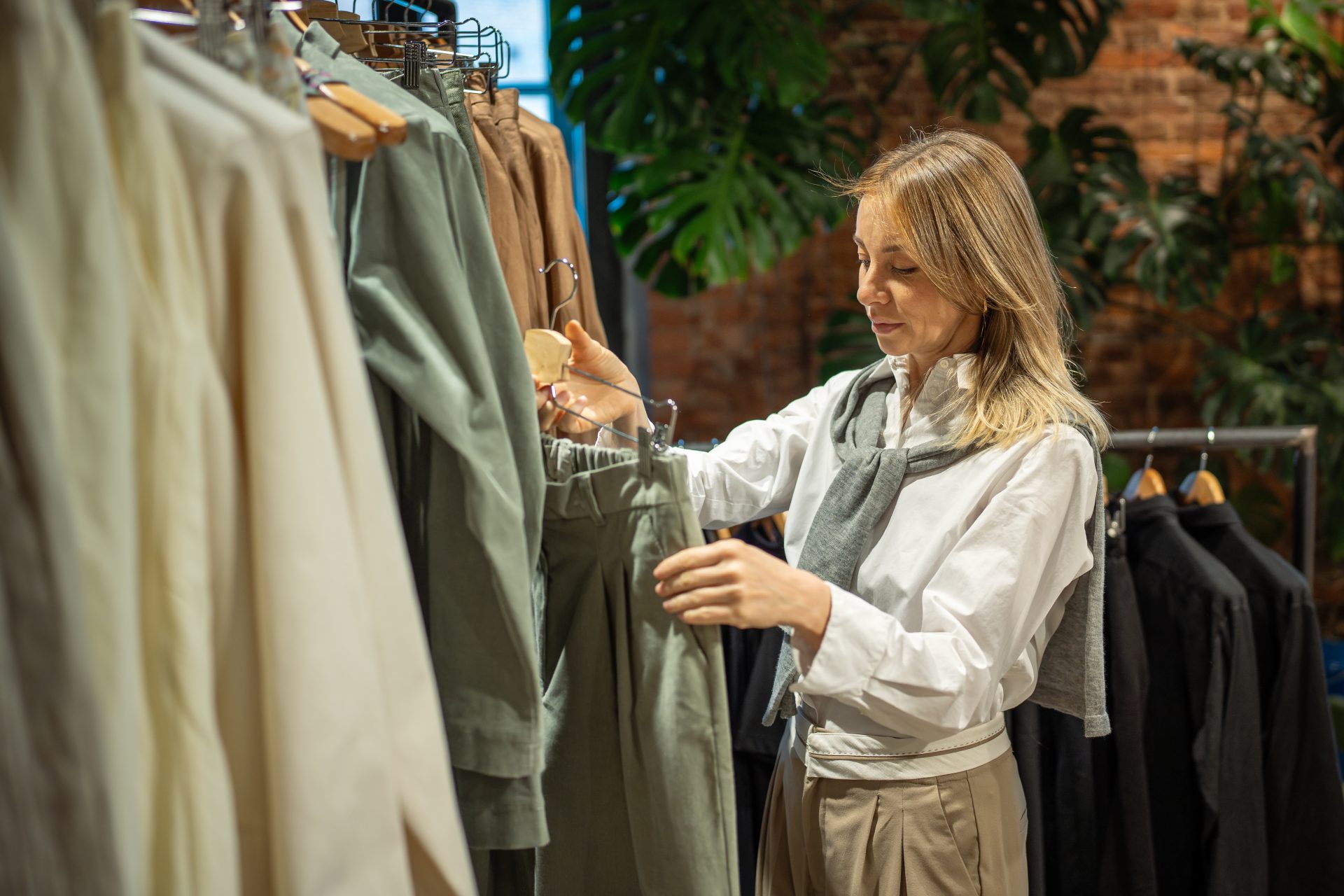
But what impressed me most was how effortlessly the actress seemed to balance high-end fashion with a look that was clearly a statement of environmental responsibility. On a personal level, my journey into eco-chic has been marked by serendipitous moments and ones of discovery. I remember one of those mornings at a farmers’ market in Silver Lake when I chanced upon a stall that was selling accessories made from upcycled materials.
The artist behind the stall was a self-taught designer who had transformed her life and fashion sense to fit a sustainable model. She’d taken discarded fabrics and leather scraps and made them into one-of-a-kind handbags. Her story was one of reinvention—a story I just had to hang on to as a guidepost for what eco-fashion could be.
Concurrently, the digital realm is playing an ever-more vital role in molding our perception of eco-chic. Platforms such as Instagram and Pinterest are bursting with behind-the-scenes peeks into the sustainable design process. These glimpses extend from laboratories where biodegradable textiles are being created to studios where eco-conscious designers are perfecting their craft.
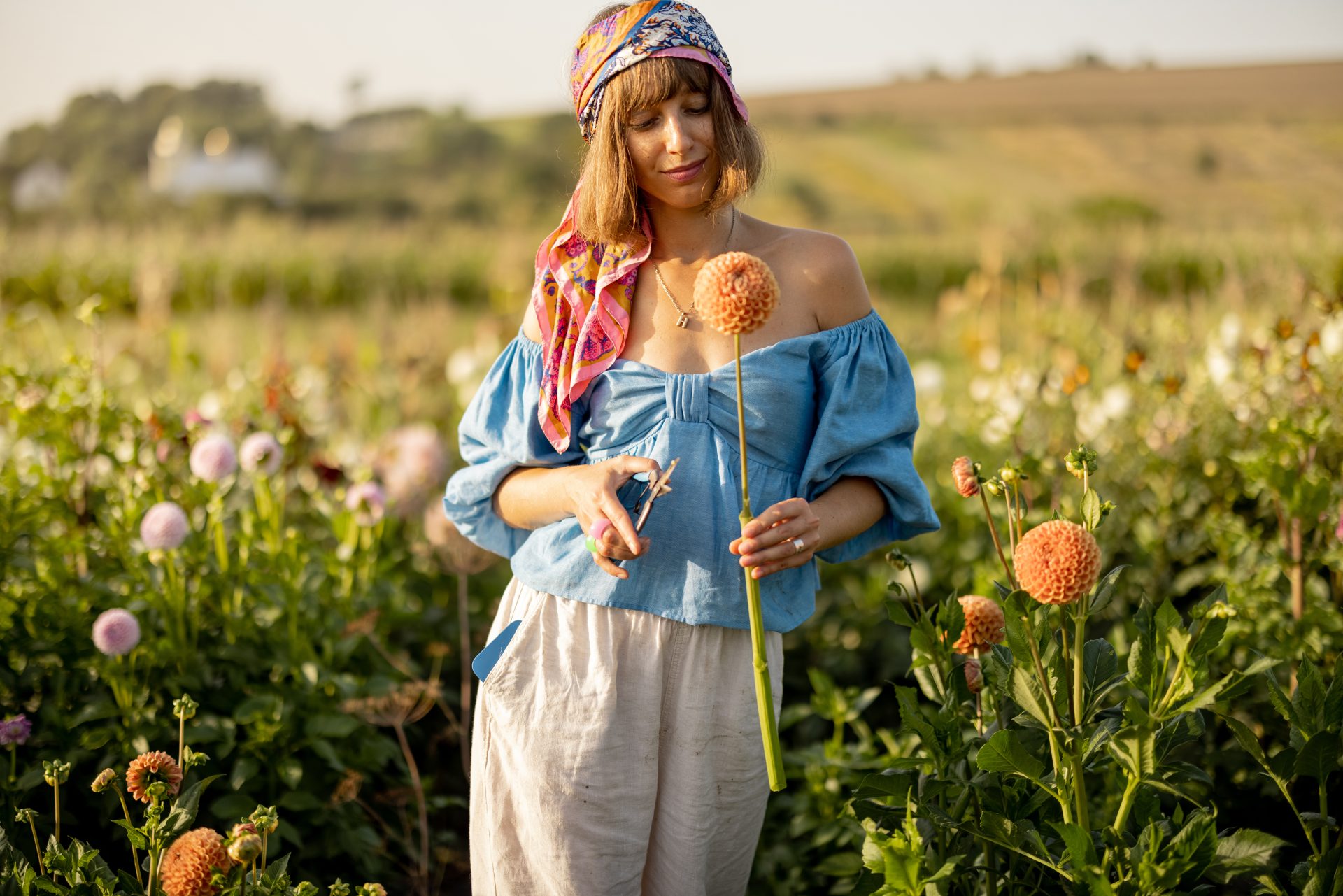
I recently followed a live stream of a sustainable fabric trade show that was happening simultaneously in Milan and New York. The unveiling of the expo’s groundbreaking new eco-dyeing technique had the room buzzing with excitement. Seeing and hearing industry veterans discuss how this new process could reduce water waste in the dyeing part of the production equation by 60 to 70 percent—yes, please—packed a real emotional punch compared to reading it in a magazine.
What is especially striking about the eco-chic movement is its inclusiveness. It is a space that intersects high fashion and street style, where luxury embraces practicality. Above all, it is a place where the aesthetic quest for beauty and a sustainable sense of responsibility are never mutually exclusive.
I recently attended a San Francisco community event focused on upcycling and sustainable design. A diverse and enthusiastic crowd of local fashion aficionados—garment swappers and sustainable style disciples—had gathered to share ideas about what it means to don a responsible outfit. Among the crowd was a young local designer who is launching an all-recycled collection.
She, of course, was quite infectious with her enthusiasm, and it was obvious that eco-chic is something one feels and a journey one makes rather than a stop on the way to a sustainable closet. Reflecting upon these experiences, I am reminded that eco-chic is not merely a buzzword or a passing trend. It is a movement that is transforming the very fabric of our industry.
Each conversation with a sustainable designer; every encounter with an eco-conscious production method; all the behind-the-scenes looks at ethical manufacturing serve as powerful reminders that fashion, at its best, can be both stunning and sustainable. Continuing my exploration of high fashion’s intersection with environmental stewardship, I find myself ever more inspired by the unflagging efforts of the movement’s pioneers. These folks are not Fashion Week’s front-rowans.
They do not figure from season to season in the fashion plates of the industry’s glossies or on the Internet. Pioneers, part of this movement, seem rather to work in stealth mode. Their cover may be blown when they appear in the pages of the industry’s glossies or on the Internet.
Eco-chic is not merely about the apparel we don; it is about the stories they espouse and the future to which they contribute. Be it a leather jacket, recycled and sourced from a boutique in Brooklyn, a sustainable couture gown from Paris Fashion Week, or jewelry crafted by an artist using upcycled materials, each piece of eco-chic fashion holds within it a commitment to a vision of not just stylish, but far more importantly, planet-friendly, garment choices. And when I step out in the eco-chic vision—that is, when I don an outfit of sustainable, stylish, and reclaimed materials—I make a choice that, in eco-positive terms, allows me to live a narrative of change.

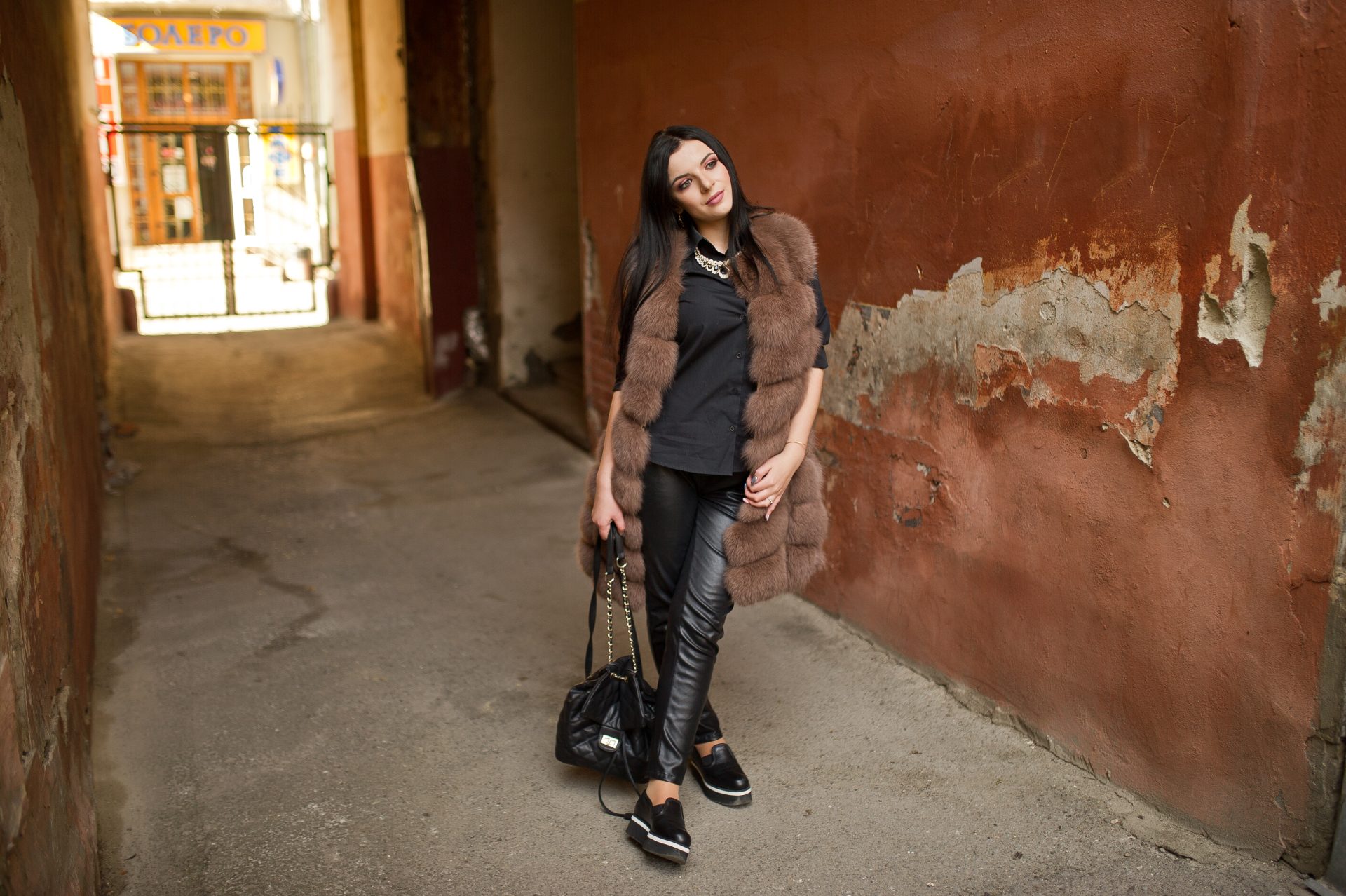
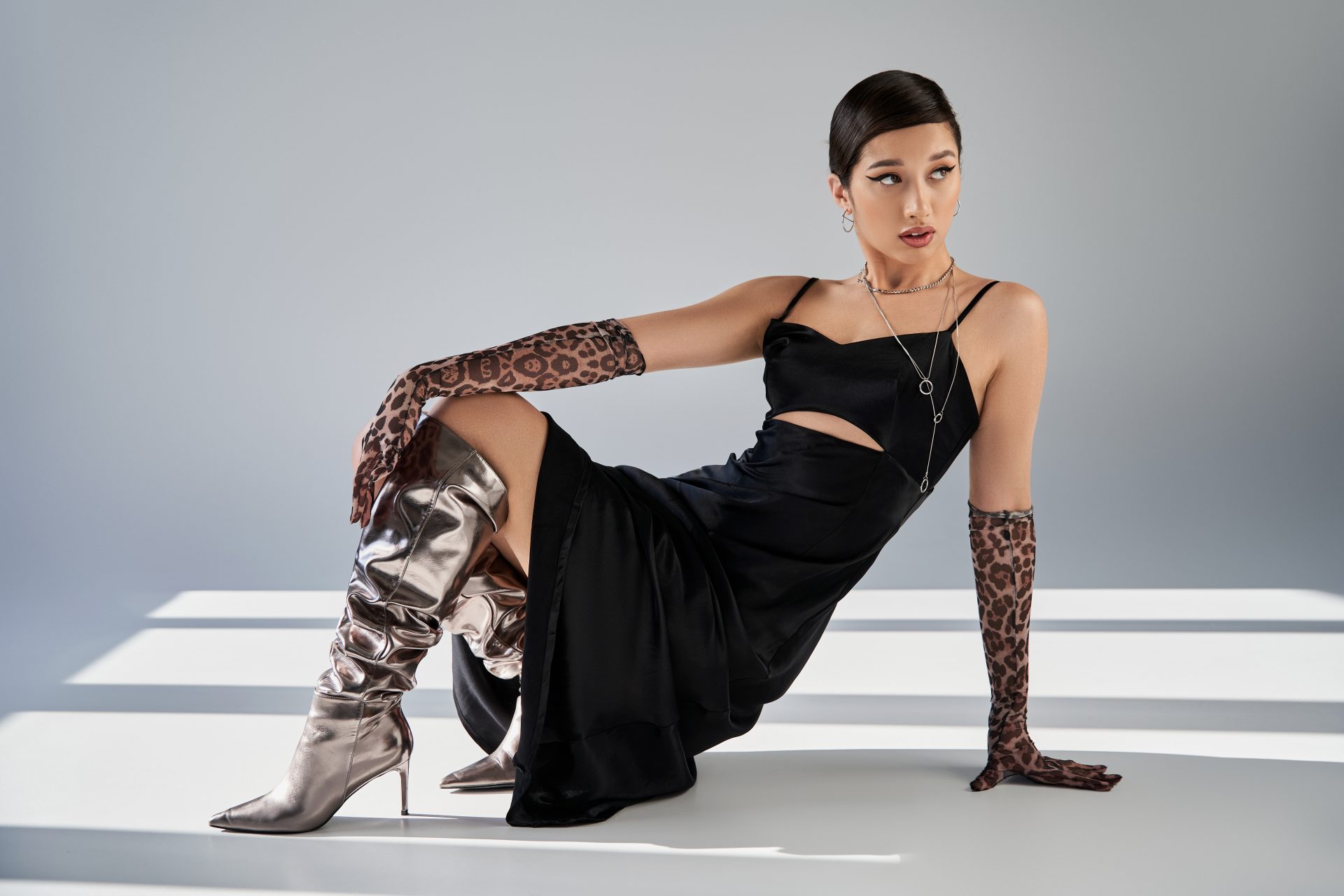

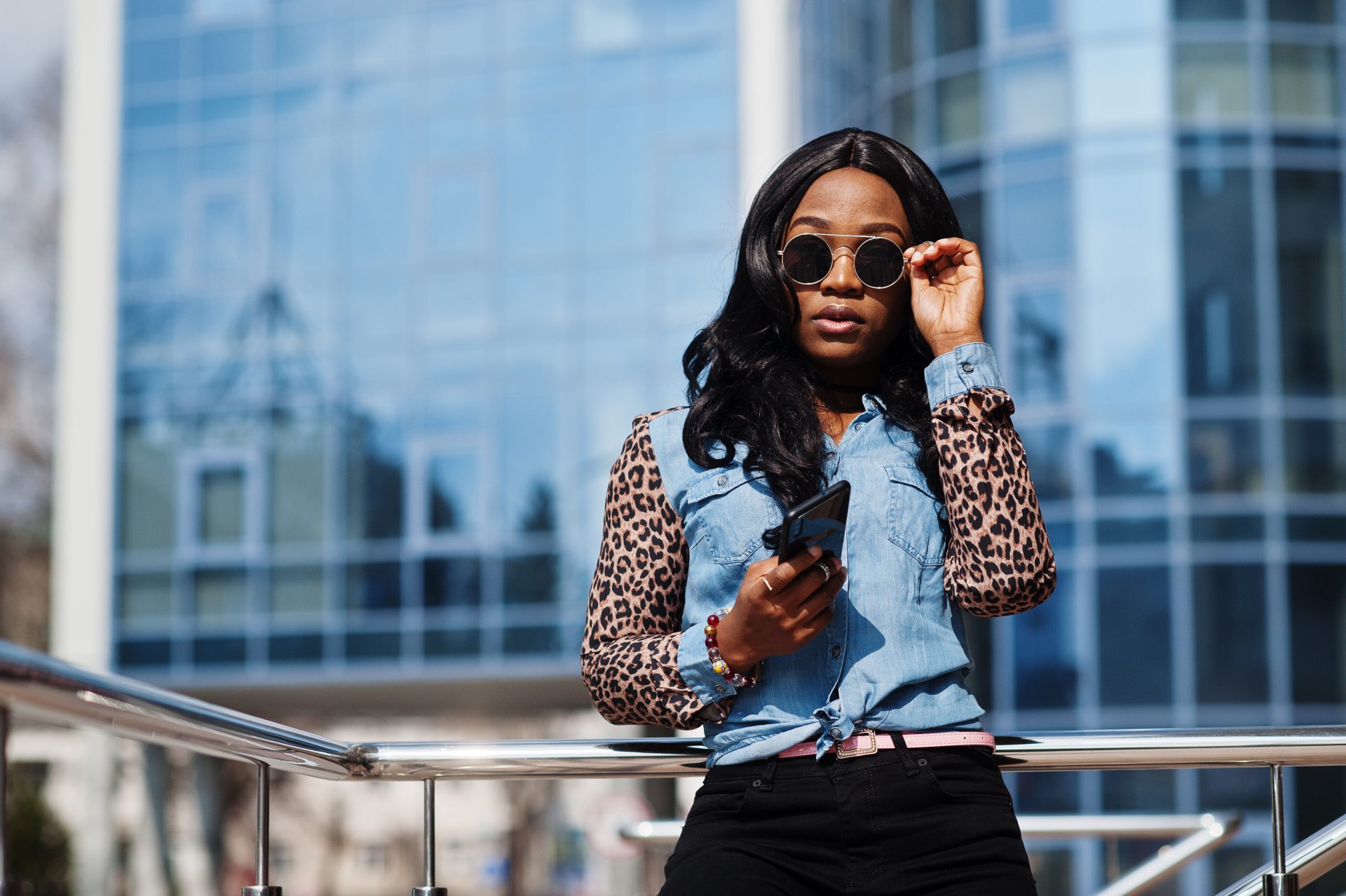
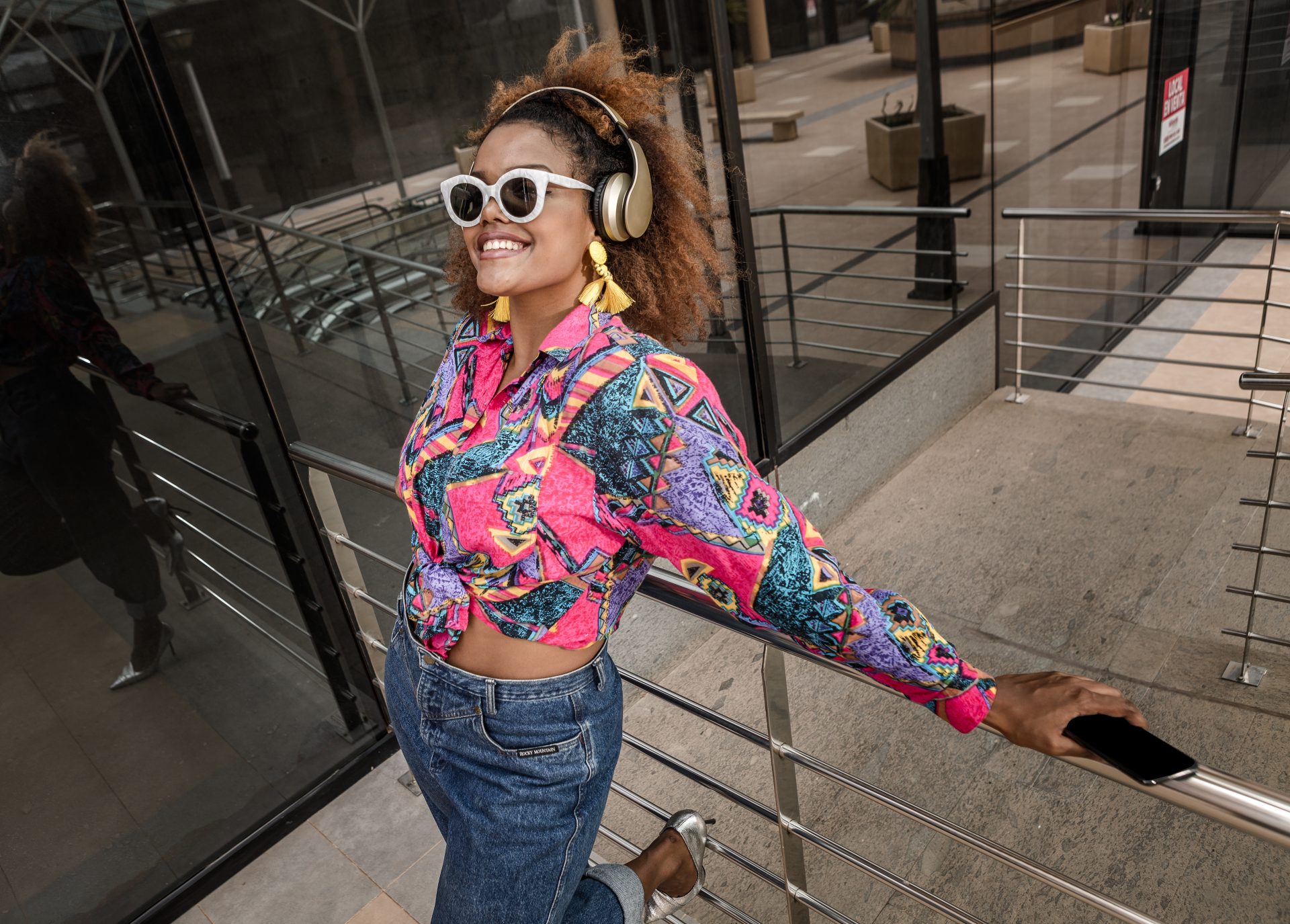
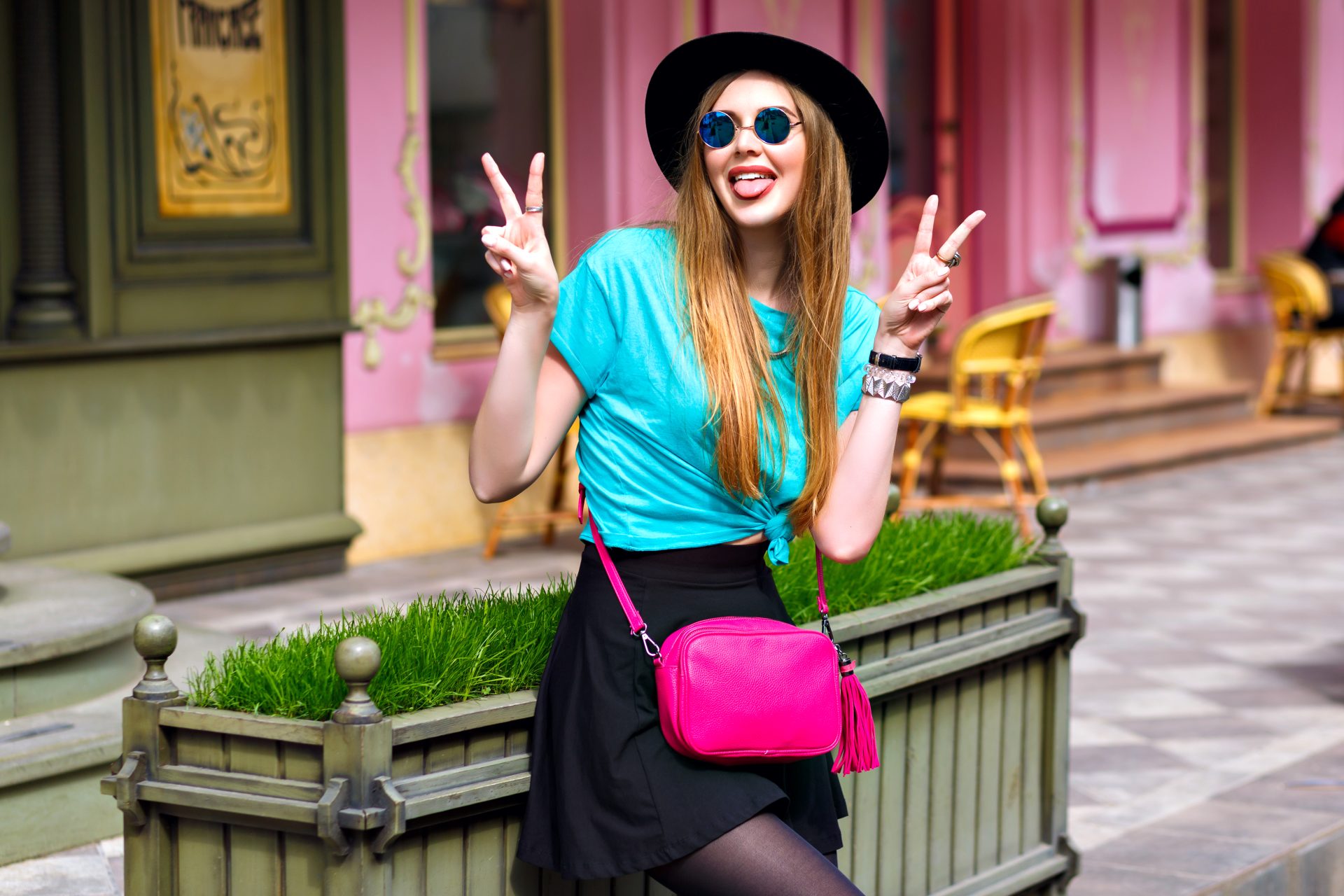
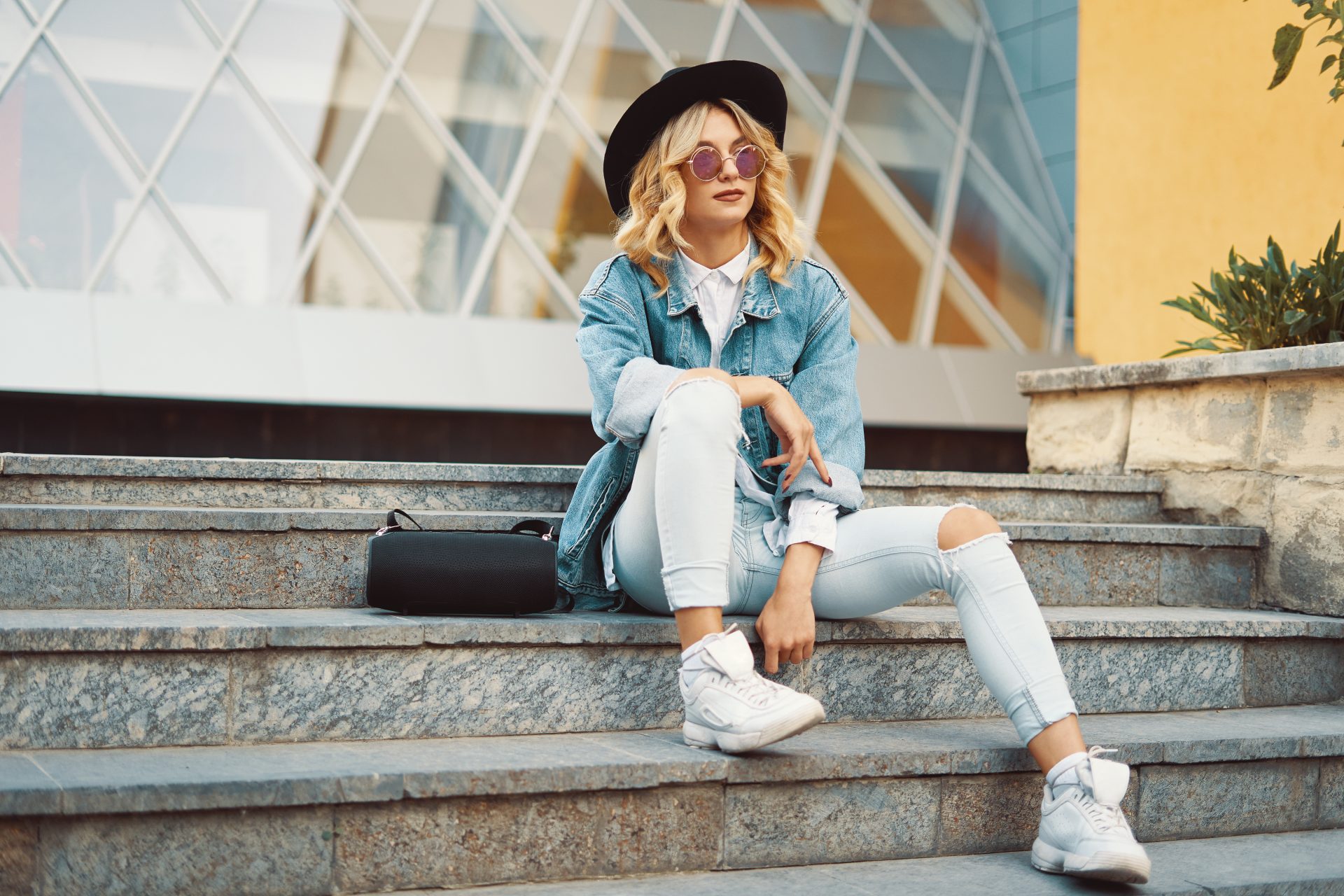
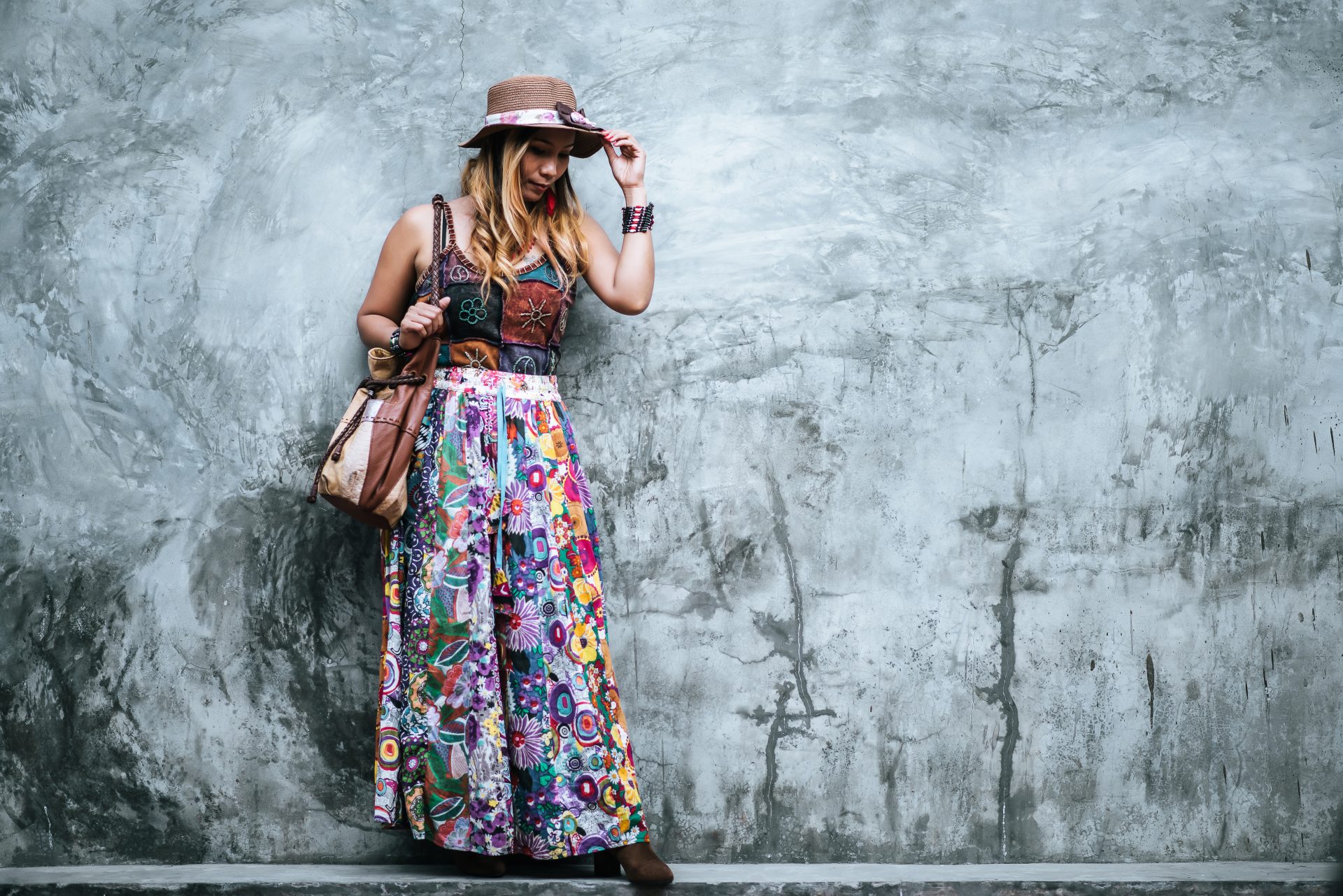
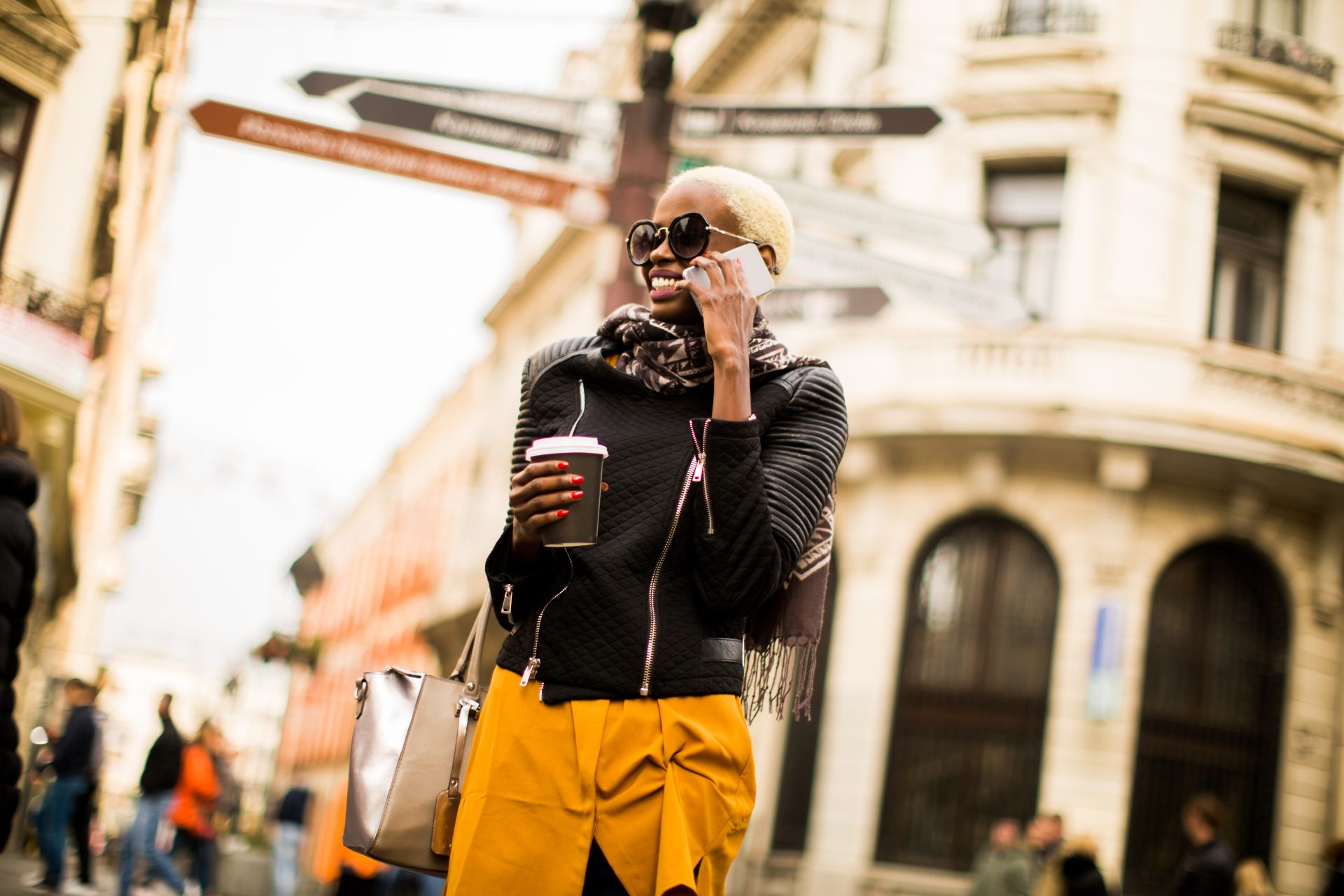
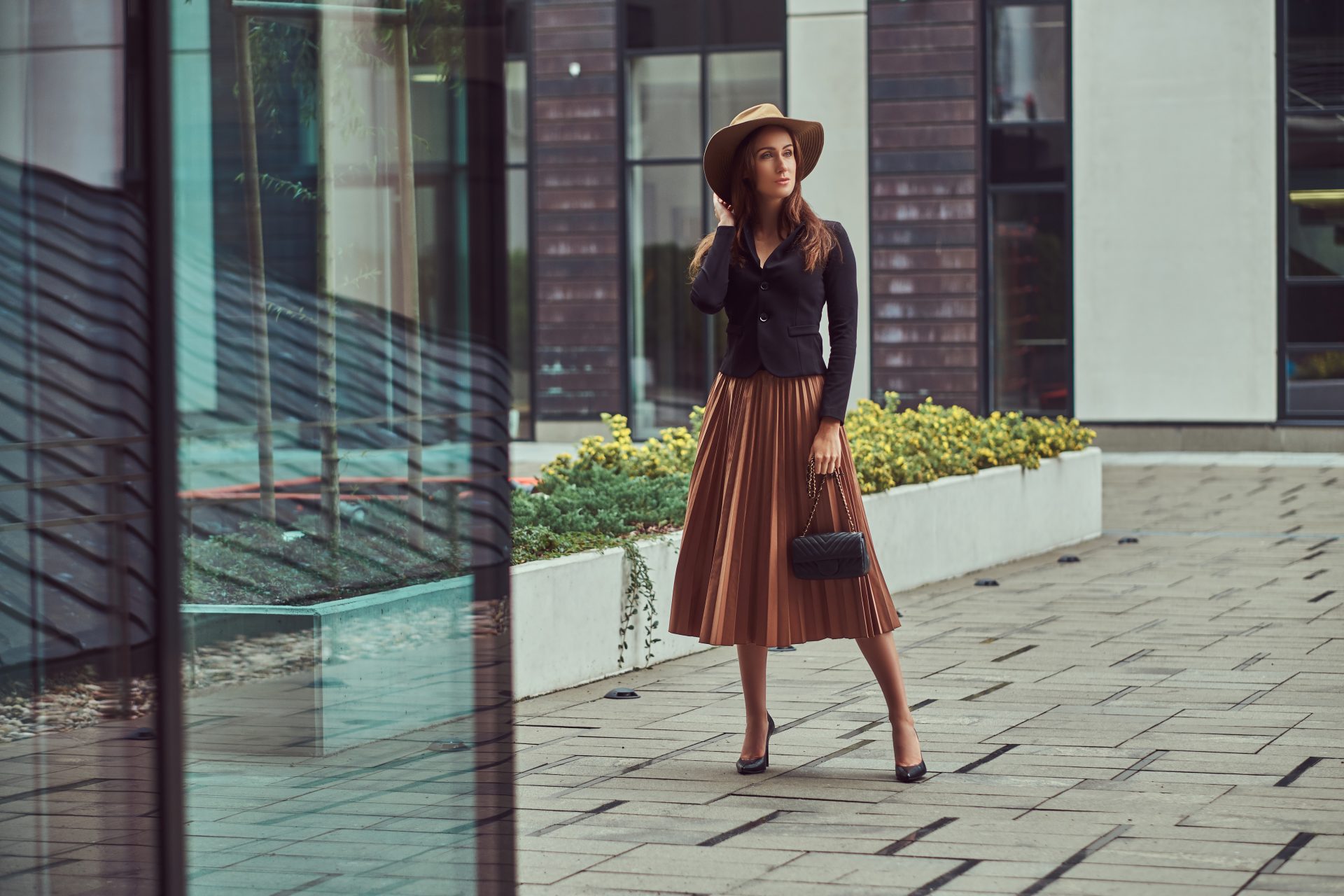


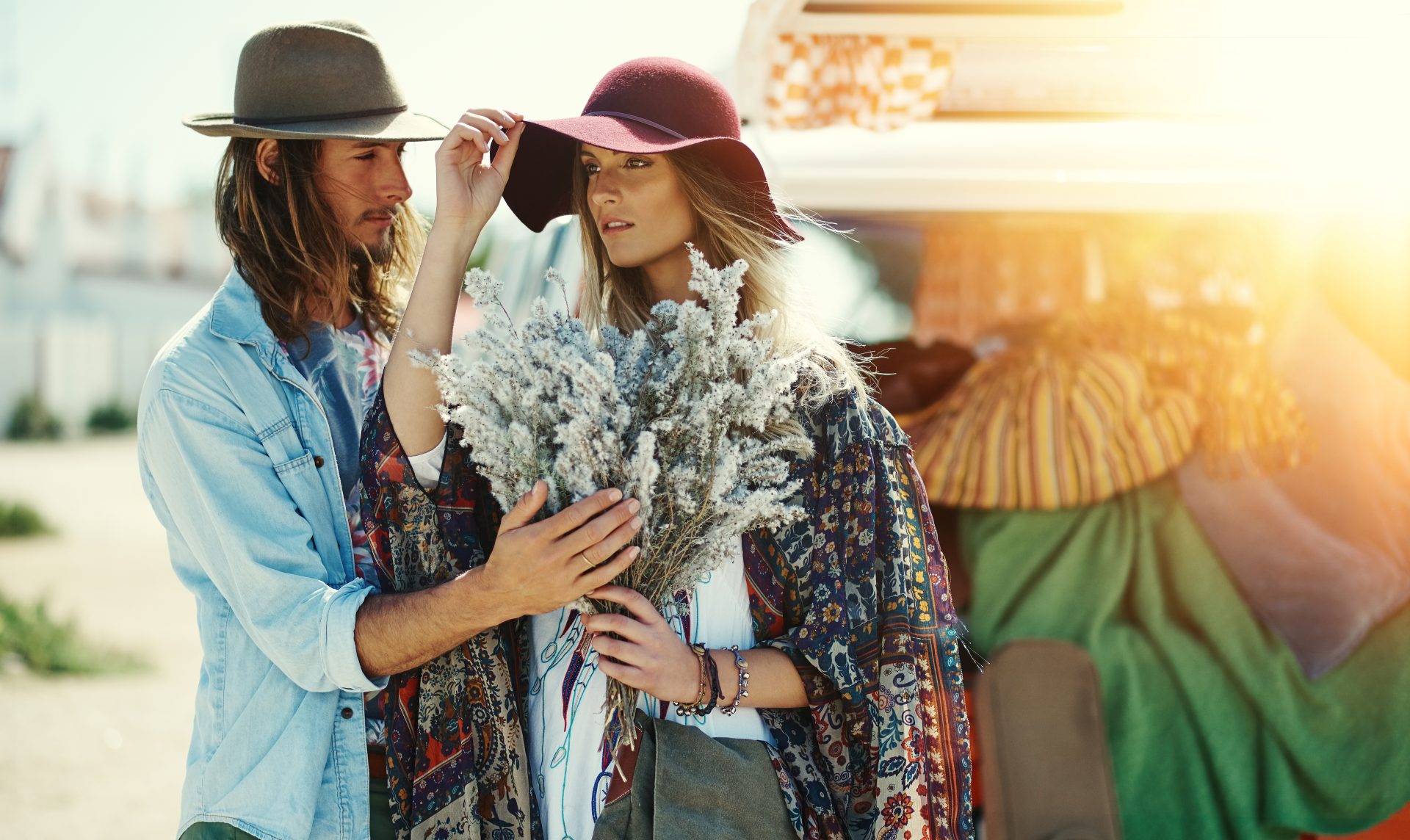

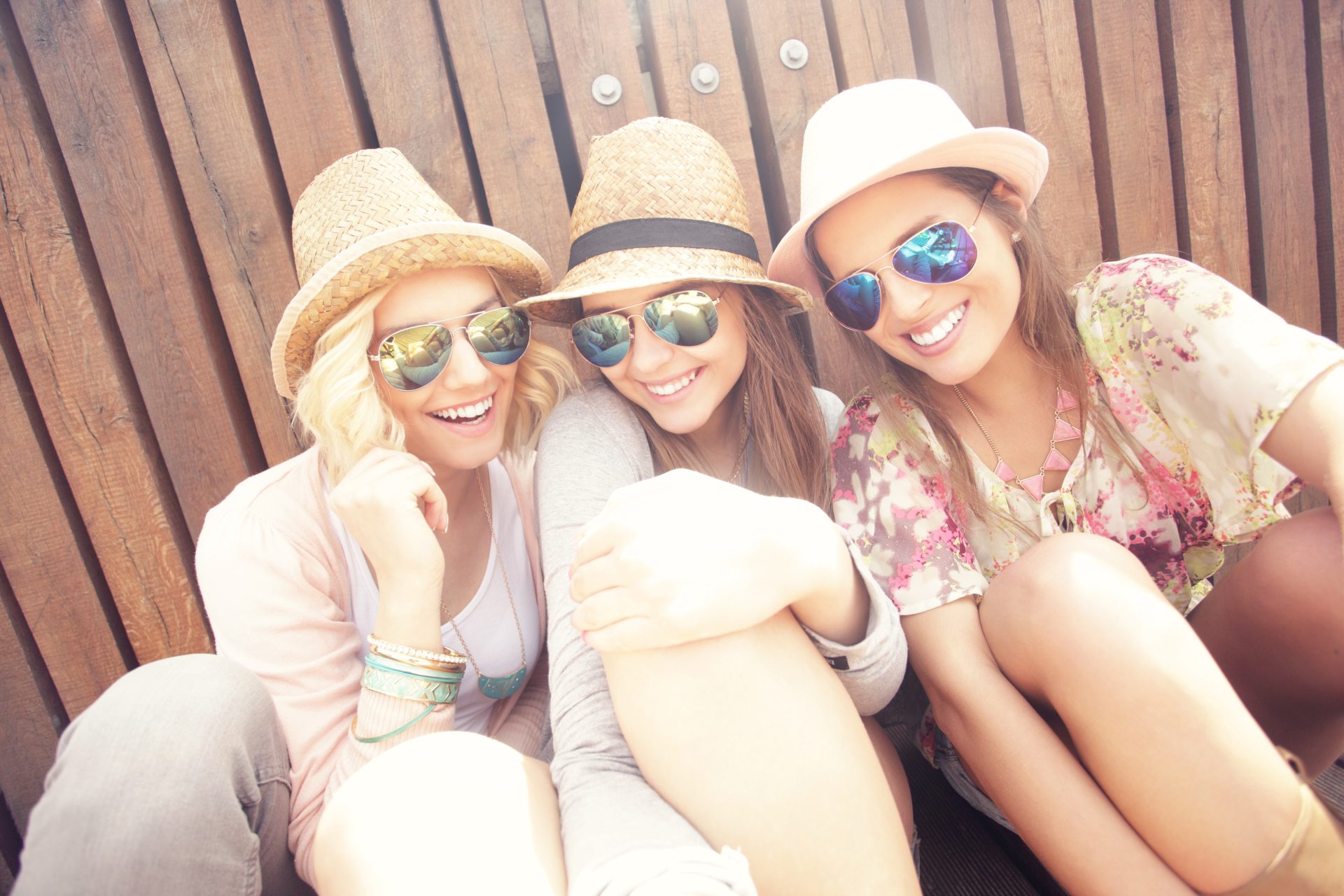
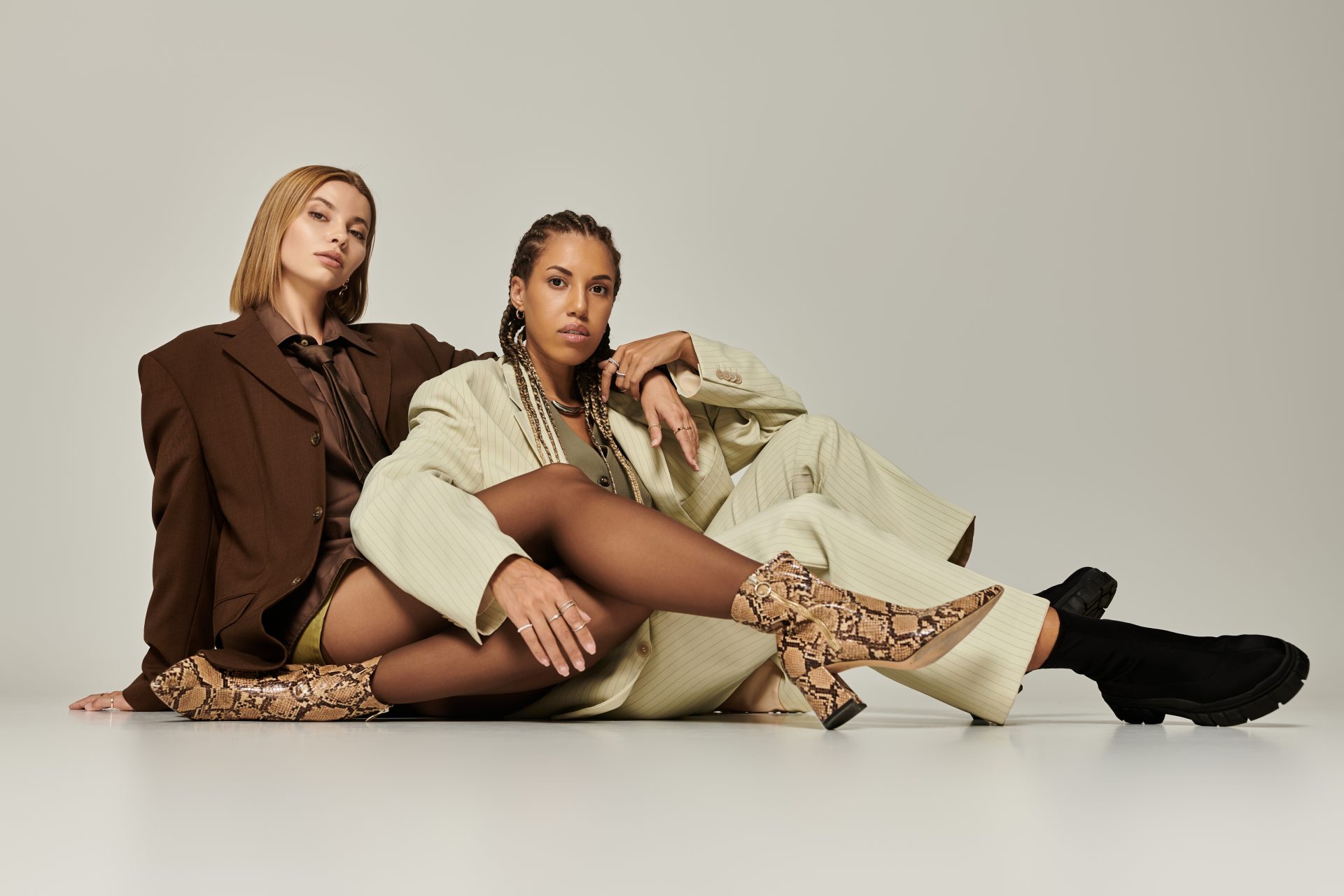
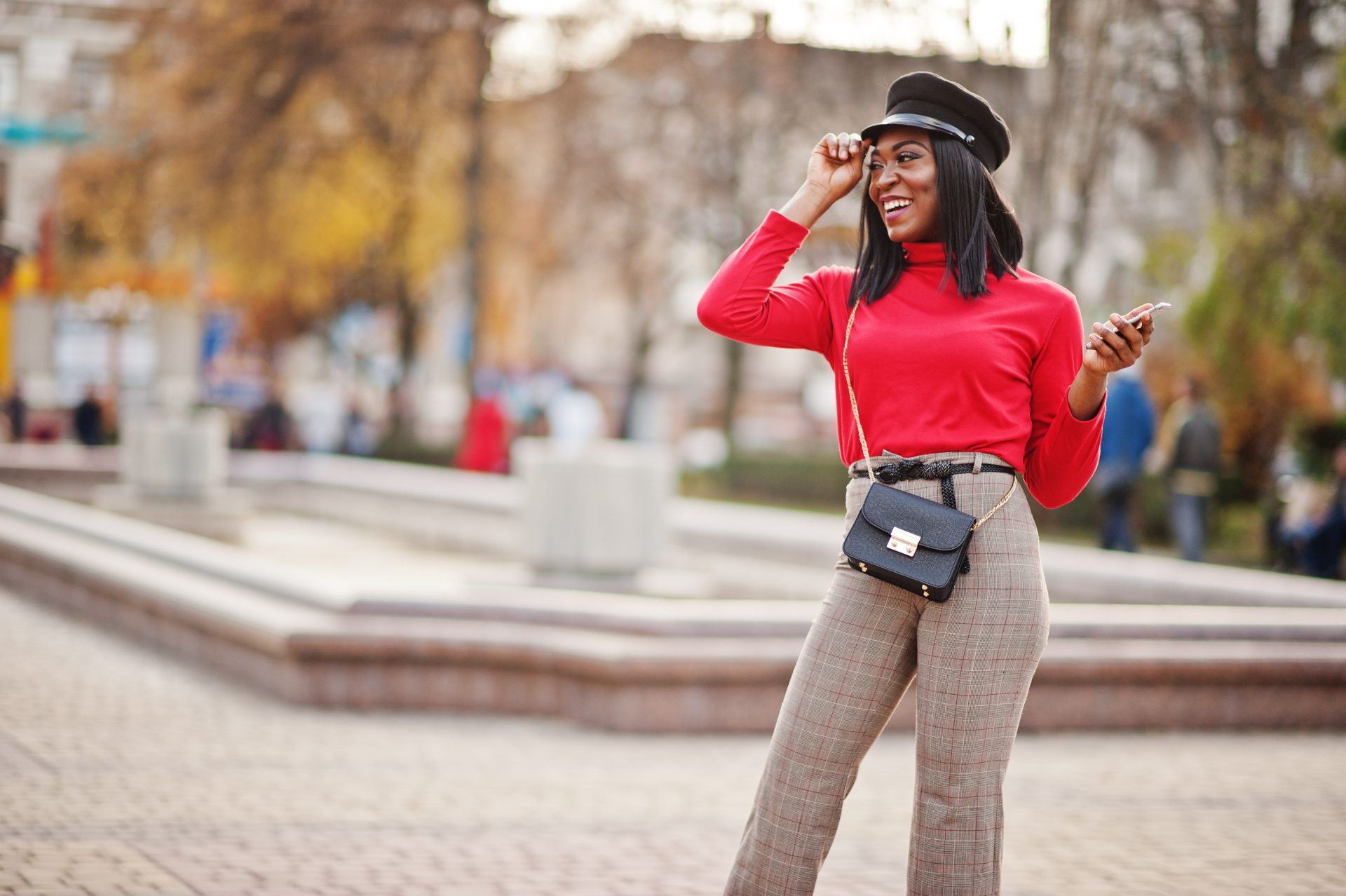
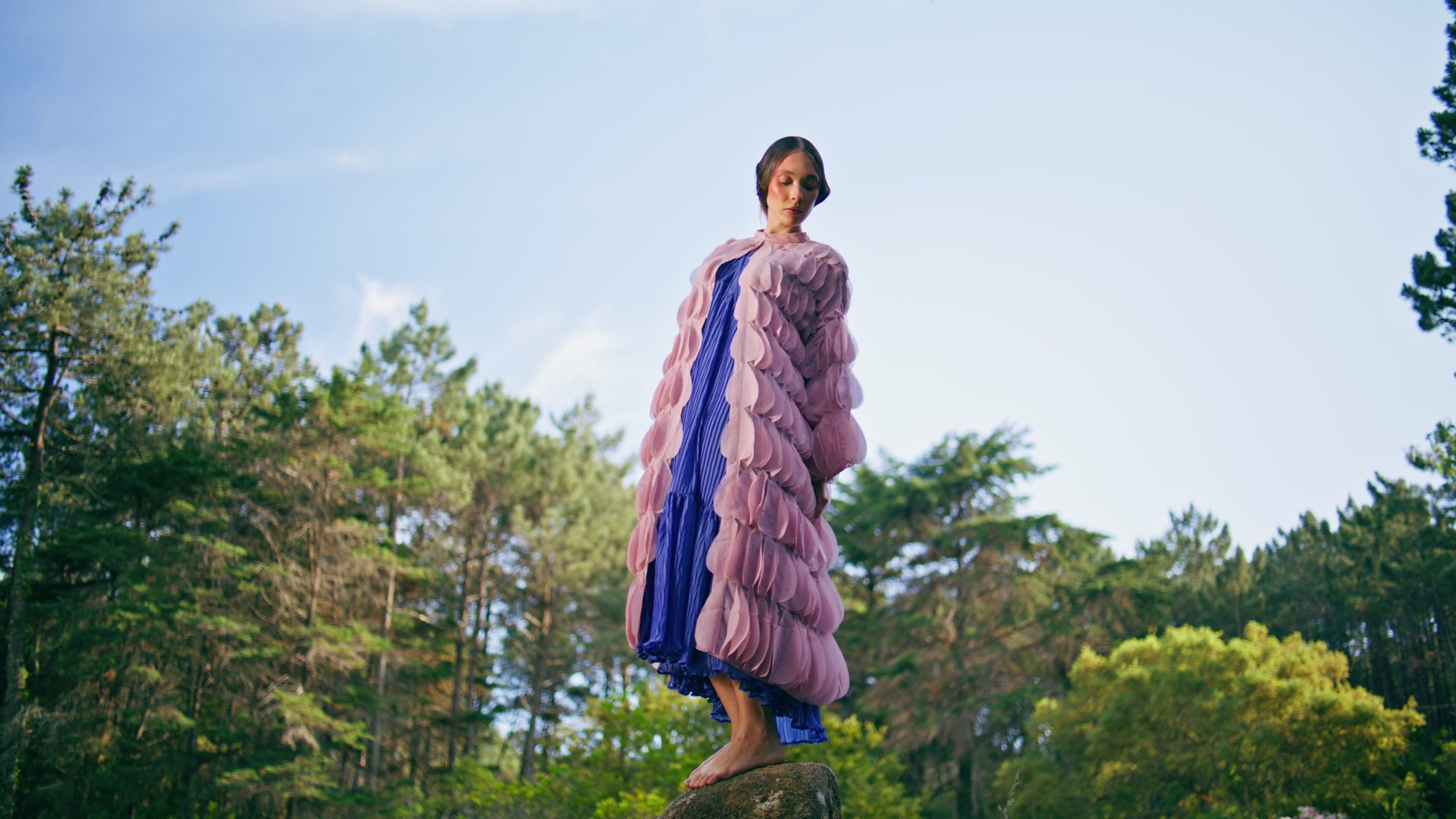
0 Comments